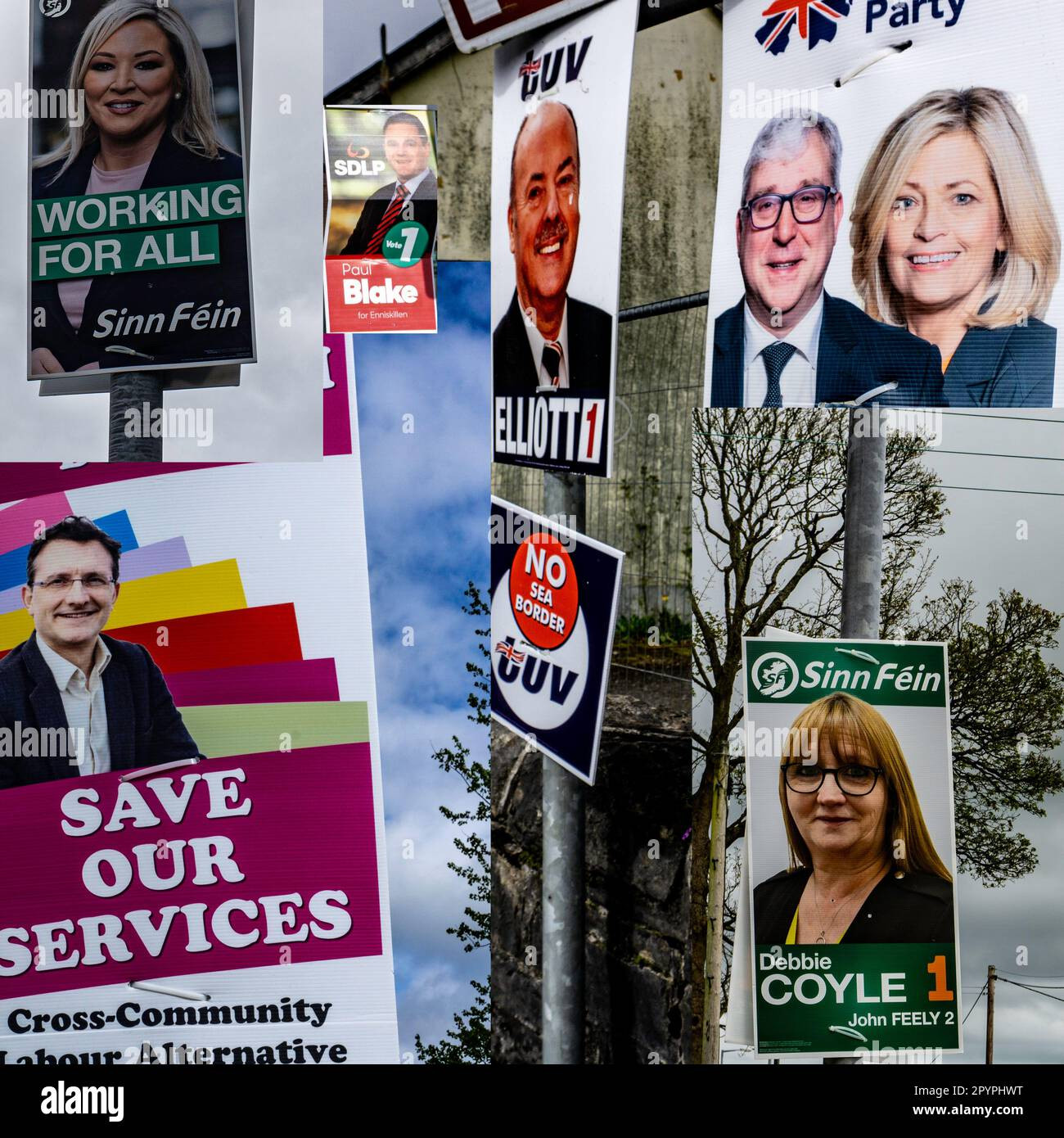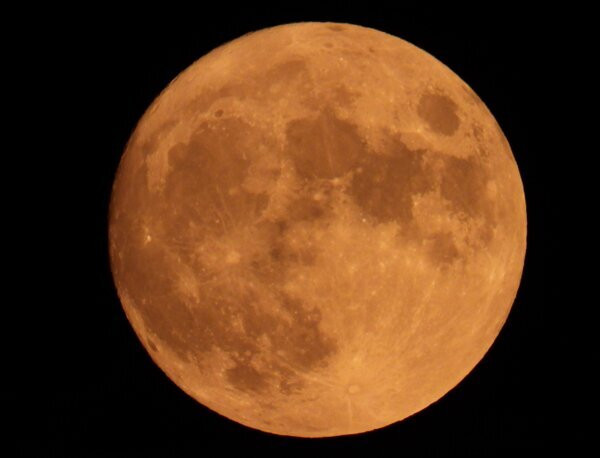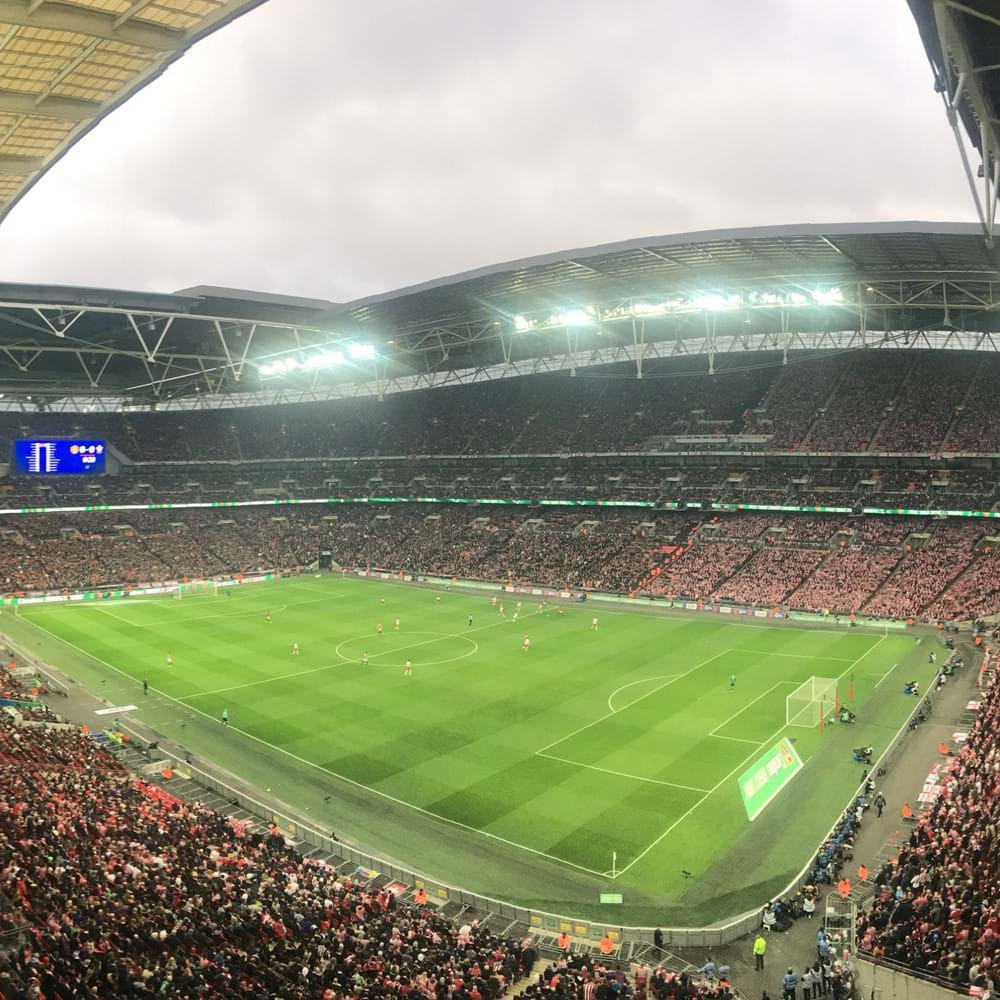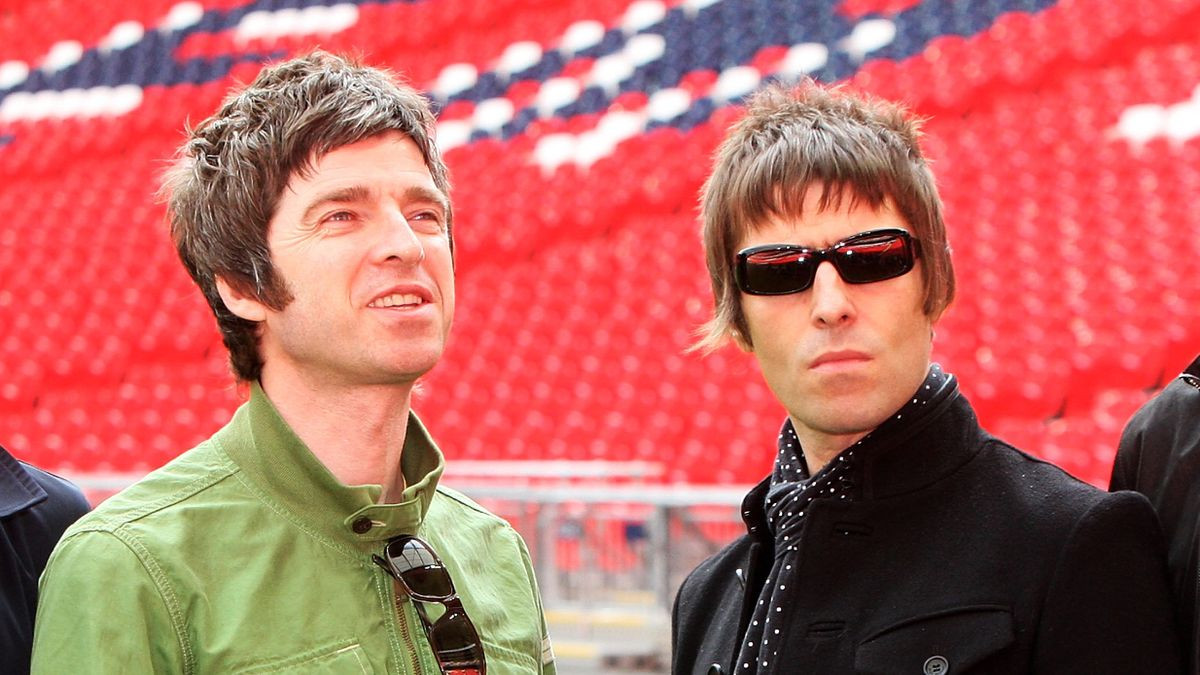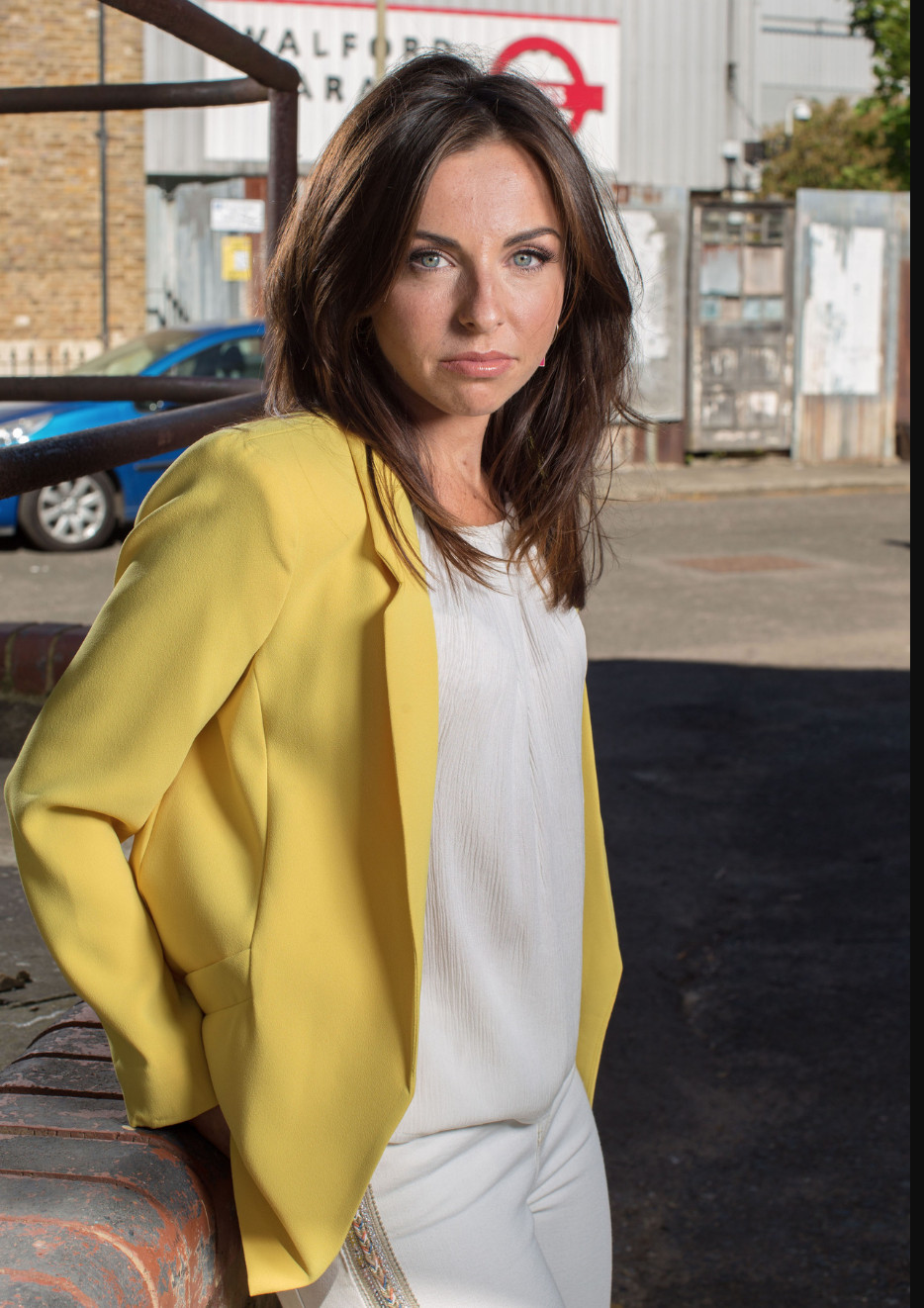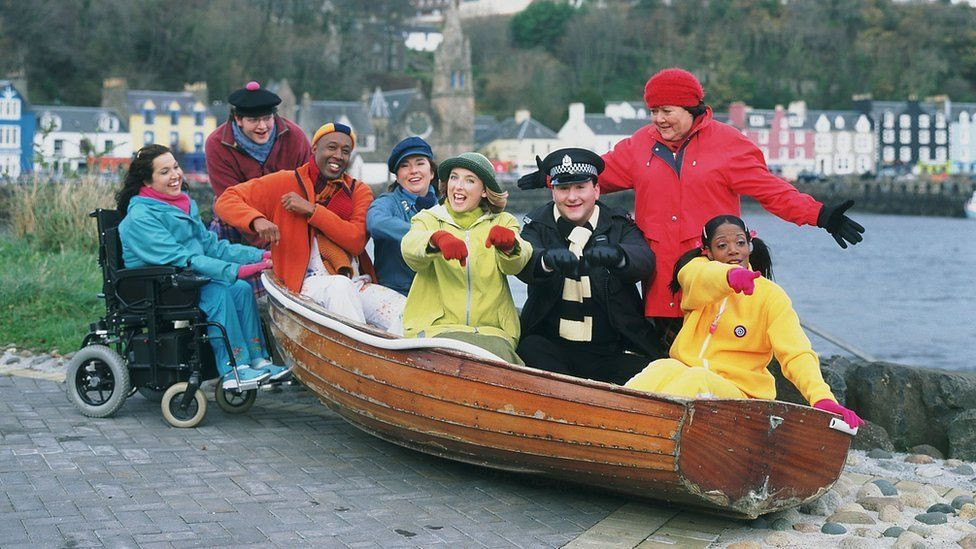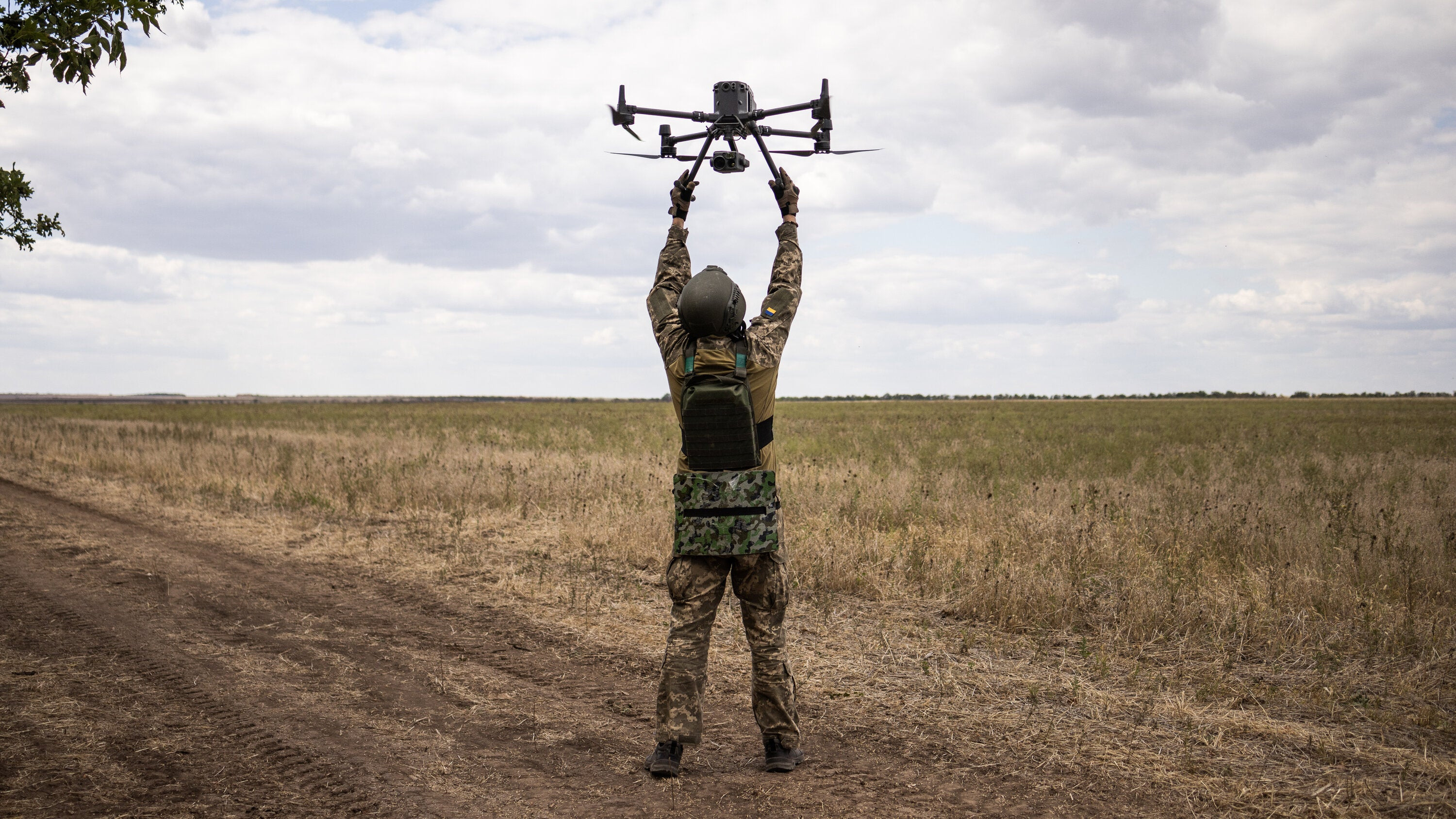Ireland's Election 2024: A Comprehensive Guide
Ireland is heading to the polls on Friday, November 29th, to elect the members of the 34th Dáil. This election is shaping up to be one of the most unpredictable in recent Irish history, with a multitude of factors influencing the outcome. This article will guide you through the process of voting, explain Ireland's unique electoral system, and analyze the potential scenarios for the next government.
Understanding the Irish Voting System
Ireland employs a proportional representation system using the single transferable vote (STV). This means you don't just vote for one candidate; you rank them in order of preference (1, 2, 3, and so on). Your first preference is crucial, but your subsequent preferences may be counted if your top choice is eliminated or has surplus votes. Voters can choose as many or as few candidates as they like in order of preference. The quota is calculated based on a complex formula, and candidates are elected once they reach it or, in certain circumstances, even if they don't.
How to Vote
- Locate your polling station: Check your polling card or use checktheregister.ie to find it. Polling stations are often located in local schools or community buildings. They will be open from 7 am to 10 pm on Friday, November 29th.
- Bring identification: While a polling card is helpful, it isn't mandatory. Acceptable forms of ID include passports, driving licenses, public service cards, and more. If you are registered but haven’t received a polling card, you can still vote.
- Mark your ballot paper carefully: Use numbers to rank your candidates, avoiding any other marks (Xs, ticks, etc.) to ensure your vote is valid. Do not make any other mark on the ballot paper; doing so may invalidate your vote.
- Return your ballot paper: Fold your ballot paper and place it in the ballot box.
The Key Players: A Look at the Leading Parties
This election features three main contenders: Fianna Fáil, Fine Gael, and Sinn Féin. These parties are joined by many smaller parties and independent candidates. While polls show shifting support, the outcome remains uncertain.
Fine Gael
The Fine Gael party, currently led by Taoiseach Simon Harris, faces challenges to maintain its position in power. Though once seen as a favorite, a viral video incident involving Harris and a care worker caused a dip in support and raised questions about his leadership qualities. Fine Gael will be looking to extend their 14 year stint in power if successful.
Fianna Fáil
Fianna Fáil, a long-standing centrist party, seeks to maintain its influence. Despite internal tensions and the need for coalition partners, Fianna Fáil remains a powerful force in Irish politics. Their broadly centrist position has historically provided opportunities for coalition-building.
Sinn Féin
Sinn Féin, the leading opposition party, is aiming to gain significant ground. While they won the popular vote in the 2020 election, they were unable to form a government. Their potential to lead a left-leaning coalition is a prominent theme in the lead up to this election.
The Election Count and Coalition Formation
The vote count begins on Saturday morning and could extend into the following week. The STV system means the process is complex, with surplus votes being redistributed and candidates being eliminated until all seats are filled. The formation of a government will involve considerable negotiation and compromise. The new Dáil will convene on Wednesday, December 18th.
Given the absence of any single party with a likely majority, coalition building will be crucial. This means we might see protracted negotiations, potentially involving Fine Gael, Fianna Fáil, and other smaller parties, or even a left-leaning coalition involving Sinn Féin.
The Future of Irish Politics: What Lies Ahead?
This election is significant not just for the immediate outcome but for the long-term trajectory of Irish politics. Key concerns facing the next government include resolving the housing crisis, addressing the cost of living, and navigating potential economic challenges from international events. The next government will inherit a country facing different challenges than in previous years. Concerns about economic stability, given a potentially disruptive incoming American presidency, further increase the uncertainty.
The 2024 election is marked by significant uncertainty and volatility, reflecting the concerns and aspirations of the Irish electorate. This election will determine the direction of Ireland for the coming years and highlights the complexities and dynamism of Irish politics in the 21st century. The coming weeks will reveal who will lead Ireland into the future.




